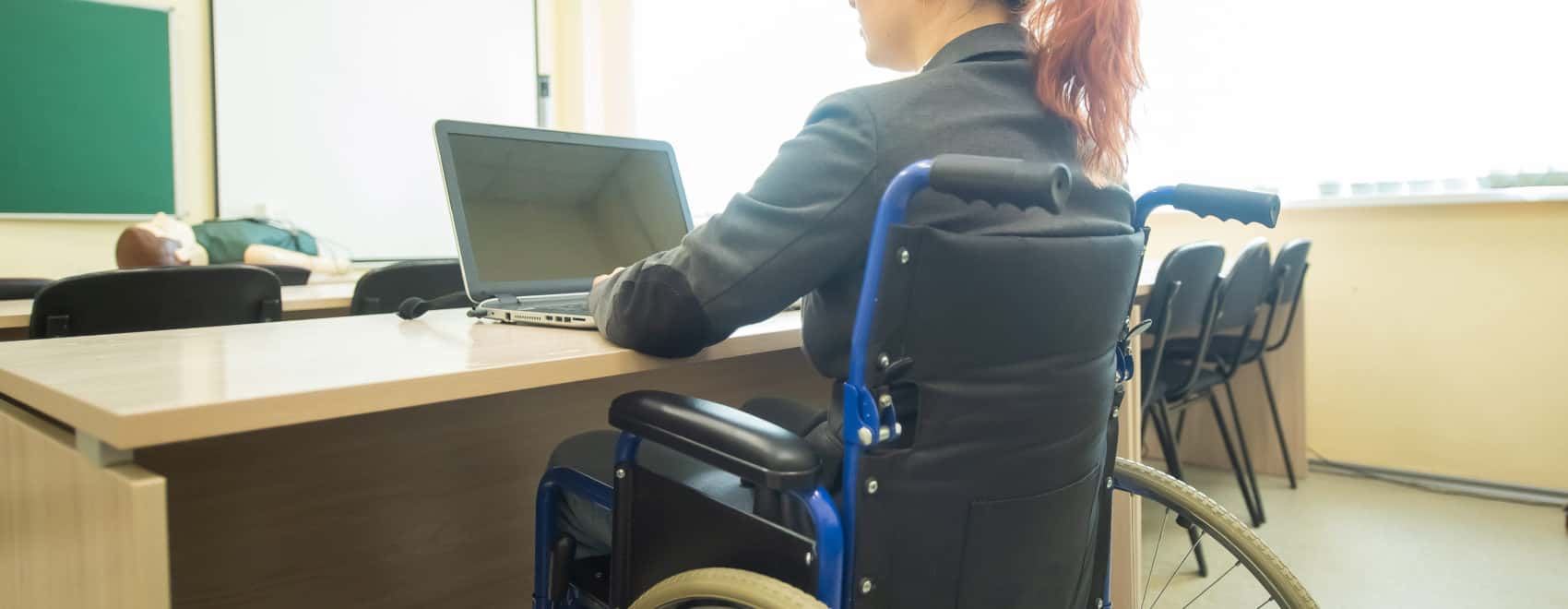Educators in FE teaching need to implement “inclusive teaching and learning” into their standard practice.
What is inclusive teaching and learning?
At some time during your education, I’m sure that you’ve been in a class where the teacher just brushed over topics that you found challenging to understand. Similarly, it is all too easy for a teacher to allow friends to work together in groups that exclude other class members. We’ve all come across teachers with clear favourites. Perhaps you’ve witnessed teachers who allowed a negative stereotype to pass unchallenged. Rather than a particular teacher, maybe you’ve seen a school itself fail the needs of a disabled person needing specific facilities or resources?
The above examples are the antithesis of an inclusive approach to teaching and learning. Inclusive education and learning:
- ensures that all learners are supported and engaged in lessons;
- recognises that every learner is different;
- treats learners as individuals with specific needs, preferences, backgrounds and behaviours.
The importance of inclusive teaching and learning
Inclusive teaching and learning is essential because of its benefits to learners, teachers, and educational organisations.
Inclusive teaching and learning can create a positive environment that motivates and engages learners as valued individuals who are part of a community.
Educators find their role more enjoyable, with more positive relationships with learners and more efficient lessons.
By adopting inclusive teaching and learning across the organisation, institutions can meet legislative requirements regarding equality.
How to Create an inclusive teaching and learning environment
When establishing a teaching and learning environment, an educator must be aware of learners’ similarities, differences, and specific requirements.
Key differences include:
- gender
- race
- social background
- religion/culture
- sexual orientation
- family or other commitments
- disabilities
- learning difficulties
Some learners may need additional help that can only come from organisational or external support such as:
- counselling
- financial support
- student clubs or societies
- study support
- additional learning support
- assistive technology
However, a teacher can provide some essential support in the classroom, for example, by designing resources to support inclusivity:
- make handouts easy to assimilate by learners with visual impairments or dyslexia
- use stepped resources for learners with mixed abilities
- mix lectures with activities and self-study to address different learning preferences
Approaches to Teaching and Learning
Passing on subject knowledge is only one part of teaching. Educators also need to disseminate attitudes and general academic and practical skills.
A mix of teaching methods is needed to ensure that all learners are actively engaged in a lesson. It may be that teaching the same lesson to different groups will require other methods. Educators should be especially wary of concentrating their lesson plans on ways they prefer as learners.
When deciding on a mix of teaching methods, the teacher also needs to consider the whole group. How big is the group? How do individuals react to each other?
Developing Wider Skills
Learners must develop broader skills to be employable and valuable to society. Most importantly, they should develop skills in English, mathematics, ICT. So, educators need to embed support for this into lessons.
Engaging and Motivating Learners
An inclusive learning environment needs engaged and motivated learners.
Making yourself a supportive and approachable teacher who uses positive reinforcement is equally crucial as using various learning and teaching approaches. Consider creative ways to overcome disinterest and fatigue and develop innovative ways to teach complex topics to learners who are reluctant to engage.
Establishing Ground Rules with Learners
I’m sure that we’ve all experienced negative classroom behaviour that has disrupted the learning environment as learners, teachers or both. School environments usually impose ground rules on students that dictate the expected classroom behaviour. A more inclusive approach is usual in the FE sector. By negotiating rules with learners, they get input. We can then positively frame rules by encouraging the correct behaviour rather than banning poor behaviour. This approach works better with the more mature learners found in FE by imparting a sense of ownership. It encourages an element of self-policing with the group. Of course, we can’t seek to override legal or organisational regulations, especially those concerning equality and diversity or health and safety.
Summary
Hopefully, you are now beginning to understand creating an inclusive learning and teaching environment, motivating and supporting learners, establishing ground rules, and the importance of supporting learners’ development of wider skills. Our accredited AET, CET and DET courses examine these subjects in increasing depth.
Enrol on your Accredited Online Course Now
High-Quality Courses with Expert Tutor Support
 Teacher Assist
Teacher Assist


